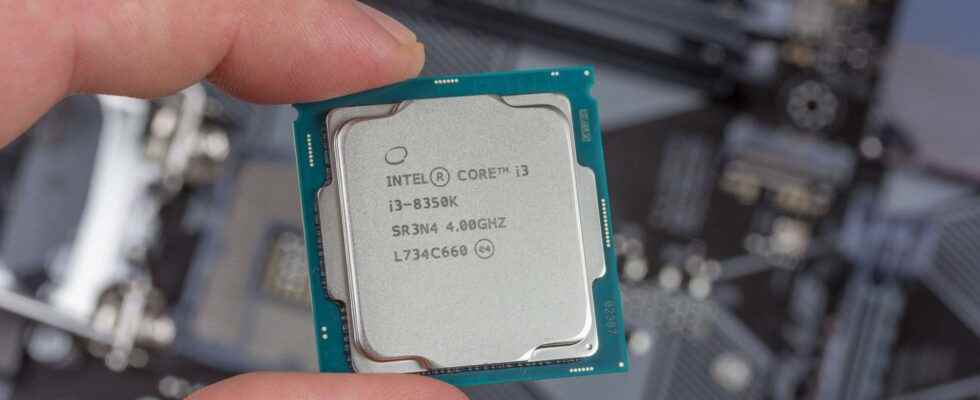The term x86 is used to denote the family of microprocessors based on the Intel 8086 and 8088 microprocessors. These microprocessors ensure backward compatibility of instruction set architectures. Originally, x86 started with an 8-bit instruction set, but later evolved to 16 and 32 bits. A 64-bit (x86-64) instruction set extension developed by AMD will be introduced in its AMD64 range beforeIntel is also beginning to integrate the extension to part of its range. Today, AMD exclusively offers x86-64 processors while Intel offers both instruction sets among its various lines.
A well-established architecture in the IT landscape
x86 microprocessors are capable of operating in almost any type ofcomputersfrom supercomputers to desktops, servers and laptops. Many additions and extensions have been added to the x86 instruction set over the years, almost always with full backwards compatibility.
The architecture has been implemented in the intel processors, Cyrix, AMD, VIA Technologies and many other companies. There are also open implementations, such as the platform SoCs Zet (currently inactive). However, of these, only Intel and AMD are actively producing modern x86 processors and advancing the architecture. This situation creates a de facto duopoly on the market for x86 processors.
In 2021, most computers desktops, laptops and game consoles (except the nintendo-switch) sold are based on the x86 architecture, while mobile categories, such as smartphones where the tablets, are dominated by ARM; at the high end, x86 continues to dominate the workstation and desktop segments. cloud computing computationally intensive, while the supercomputer the fastest is ARM-based, and the first four are no longer x86-based.
You will also be interested
[EN VIDÉO] Interview: How is a quantum computer different? The quantum world is fascinating: at this scale, for example, objects can be in several states simultaneously. Exploiting this principle, a quantum computer would have much wider possibilities than a classical model. As part of its series of Expert Questions on physics and astrophysics, the publisher De Boeck interviewed Claude Aslangul, professor at UPMC, to explain to us how this strange machine works.
Interested in what you just read?
